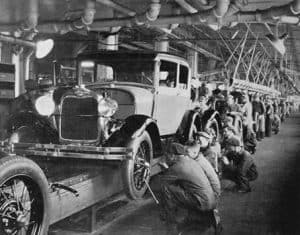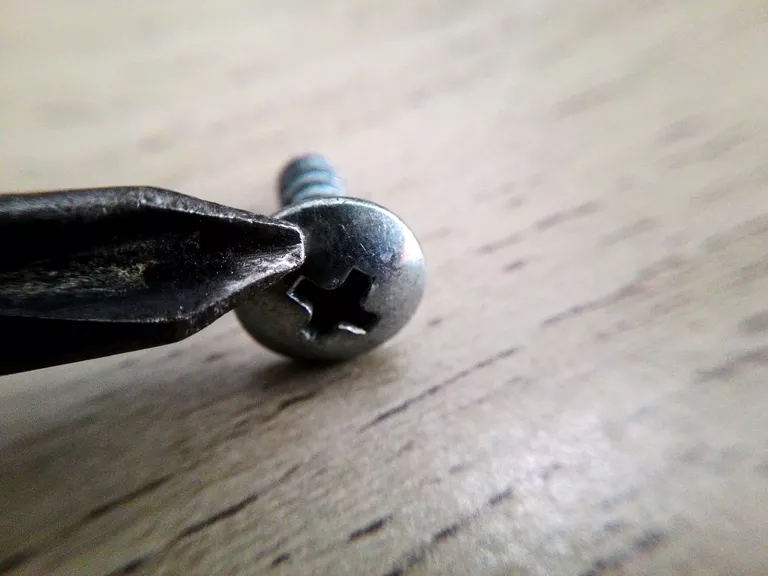When you take some time to look deeply at the world you can notice lots of interesting things. Phillips Screws, are everywhere and they really do deserve a closer look.
- How did they get EVERYWHERE?
- Why are they so easy to strip?
Developed in 1930 by John P. Thompson, the phillips screw was a huge improvement in the world of screws. It solved couple of problems, primarily, speed and stability. A self centering bit is faster to locate than a single slot. Beyond that, the design reduced slippage, where the bit would slip off the screw head. If you’ve ever struggled with a straight head screw you can appreciate these improvements. Henry Ford certainly did. While, the “Robertson Screw” was Henry Ford’s first choice, (know today in the US as the “square drive”) the inventor P. L. Robertson refused to license his design to Ford out of fear of losing on the deal. Ford, a focused businessman looked elsewhere, and found Henry F. Phillips. Phillips, was able to get the patent transferred to him and get these screws onto the Ford factory floor. Soon others such as GM, as well as, the railroads and aviation industry adopted them.There by they were introduced to the American public and were seated in our lives.

Today, we find them everywhere, and they are the bane of many a craftspersons life due to the designs tendency to “cam out” (strip).
The popular myth that these screws were designed to cam out is simply untrue. This is a good ol’ case of revisionist history that was used to sell more screws. The idea being that the screw would strip when unskilled laborers over tightened it, thus protecting the expensive machined parts. However, inspection of the original patents indicate no such intent. There are a couple reasons that lead to this cam out. The sloped edges of the drive do a great job centering it, but allow it to strip when insufficient pressure is applied. Besides that, bit sizing is incredibly important. Many people simply do not understand that the bits come in a variety of sizes. A #2 Phillips screw requires a #2 bit. #1 is too small and #3 is too large. Compounding this is the fact that there are many variations on the cruciform screw. Many of these do not exactly match up, like the Posidriv, JIS, French Cross and many others. Combine this, with the variety of drivers and you end up with lots of opportunity for mismatch. Any mismatch and you have more chance for cam out.
In short, the phillips was an important improvement in the world of screws, but today there are better options. I am personally a fan of the Robertson…

The Robertson Screw
So next time you’re at the hardware store, take some time looking closely at the screw options. Many of these undersung heros have a lot going on. Some options might be a bit more expensive but they are well worth it. Maybe grab a box, and the appropriate drives
And I’ll see you around the shop…
To learn more about this fascinating topic, and the case, United States v. Phillips Screw Co check out this article from Oregon Encyclopedia


Recent Comments